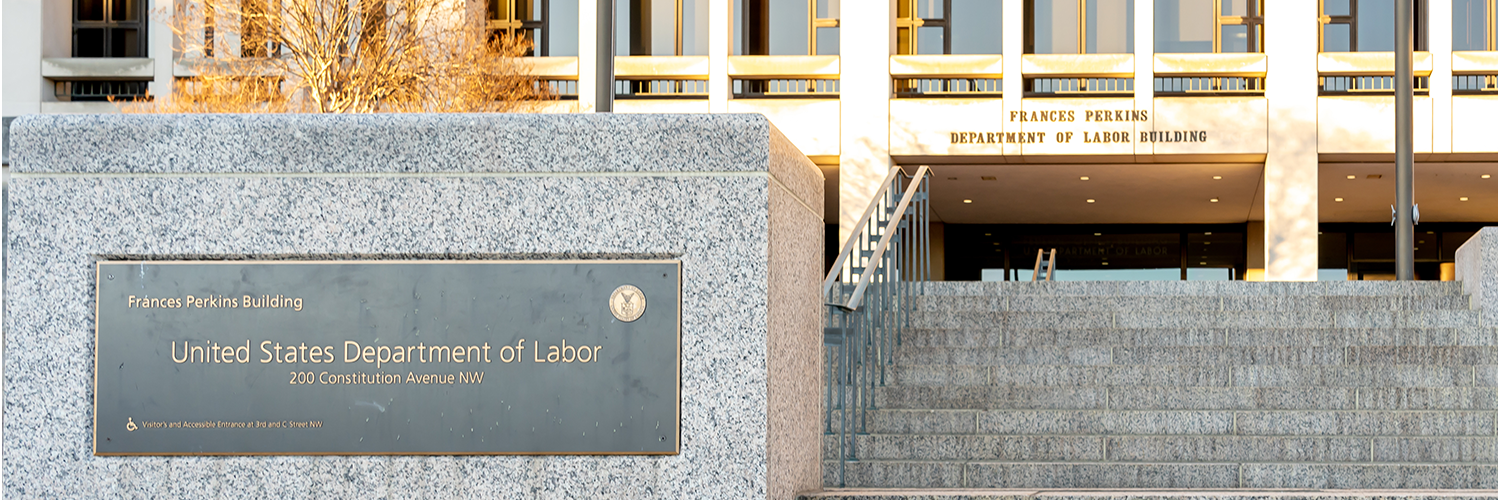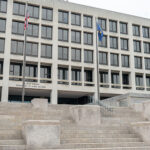Government unions like to claim they’re democratic, transparent organizations accountable to their members. The reality, however, is that state laws generally provide few-to-no rights or protections for public employees represented by labor unions, leaving employees little recourse when dealing with a union that chooses to operate unscrupulously.
However, thanks to a regulation recently proposed by the U.S. Department of Labor (DOL), hundreds of thousands of unionized public employees on the West Coast and around the country may soon have access to financial information about their unions and certain basic protections under federal law.
This week, the Freedom Foundation submitted a formal, 13-page comment supporting DOL’s proposed regulation to extend the protections of the Labor-Management Reporting and Disclosure Act (LMRDA) to “intermediate bodies” subordinate to national labor organizations already subject to the LMRDA.
Most unions are hierarchical and bureaucratic, utilizing a unified membership structure. For example, when a public school teacher in Washington state signs up for union membership, she becomes a member of not just the local union that negotiates with her employer and handles day-to-day workplace representational issues, but also the statewide Washington Education Association (WEA) and the National Education Association (NEA) in Washington, D.C.
Each level of the union is legally distinct, with its own bylaws, staff and budget. While the teacher’s local union initially receives the dues withheld from her wages by the school district, the local only keeps a small percentage of her dues, forwarding the rest up the hierarchy to the WEA and the NEA.
That’s where the LMRDA comes in.
Decades ago, after significant investigation into corruption within the labor movement, a bipartisan Congress acted to make unions more accountable and transparent with passage of the LMRDA.
Among other things, the LMRDA requires unions to annually file public financial statements with DOL, created a “Bill of Rights” for union members, established minimum standards for the conduct of union elections, and required unions to implement various internal safeguards against misconduct.
The only problem is that the LMRDA applies only to unions that represent at least some private-sector employees. These days, many major unions represent a mix of both public and private-sector workers, requiring them to abide by the LMRDA. But other large and influential unions represent only public employees, leaving them beyond the reach of the LMRDA.
For instance, because certain local NEA affiliates represent private-sector workers, those affiliates and every union affiliate above them are subject to the LMRDA. But in Washington, Oregon and California, teachers’ unions — among the largest unions in each of these states — are composed purely of public employees and are not subject to the LMRDA. So, while a teacher in any of these states can see how the NEA spends its funds, the teacher has no legal right to any financial information about the statewide or local affiliate she supports with her dues.
DOL’s proposed regulation would extend the LMRDA to the “intermediate bodies” of any national labor union presently subject to the law, meaning, in the case of the West Coast teachers unions in our example, the statewide NEA affiliates — Washington Education Association, Oregon Education Association, California Teachers Association, etc. — would now be covered by the LMRDA and, among other things, teachers represented by local affiliates of these entities would have a legal right to access their financial and budgetary information.
A similar regulation was adopted by DOL during the George W. Bush administration and withstood legal challenges from teachers’ unions in federal court. Unfortunately, it was rescinded by the Obama administration before it could take effect.
In its formal comment, the Freedom Foundation applauded DOL’s proposal to resurrect the rule, pointing out that:
- Greater union financial transparency will assist public employees in determining whether to join certain unions as members;
- greater financial transparency will help ensure intermediate bodies abide by state laws, such as those regulating campaign finance;
- extending minimum standards for union elections to additional intermediate bodies will help protect the integrity of union democracy; and
- the labor movement increasingly consists of public-sector employees, which demands additional scrutiny of public-sector unions.
The comment also explained that the proposed regulation would cover at least four councils of the American Federation of State, County and Municipal Employees, including one significant council in Washington state, which the DOL had previously failed to identify.
Lastly, the Foundation’s comment offered several suggestions for technical improvements to the regulation.
While unions predictably oppose the regulation, public employees the Freedom Foundation has worked with from around the country weighed in with supportive comments, such as:
- “I was a local union president, and when I discovered just how opaque the union is, especially in relation to how they spend their money on campaigns, I opted out of the union.”
- “I have been an AFSCME member of Local 2 for 5 years and in that time have never seen an accounting on where my dues go… I’m disgusted by what I see as little to no oversight on the union’s activities. I feel our local acts in self-interest without regard to its members. I want transparency in my union…”
- “It is critical to increase transparency and accountability for teacher union expenditures. That is the only way that teachers can hold their organization to the highest ethical standards.”
- “I opted out of my local union because of a lack of transparency and their commitment to political causes at the expense of collective bargaining.”
- “If indeed unions are operating in the best interests of their constituents, there should be nothing for them to object to.”
Though it may take some time for the regulation to be finalized and will doubtless have to overcome additional union legal challenges, the DOL’s proposed rule is a welcome and long-overdue step towards extending unionized public employees the protections and information they deserve.











